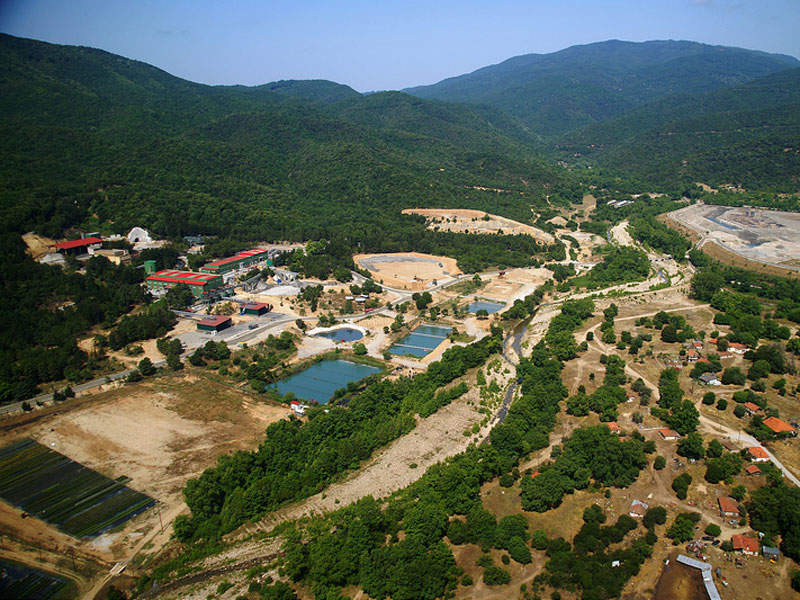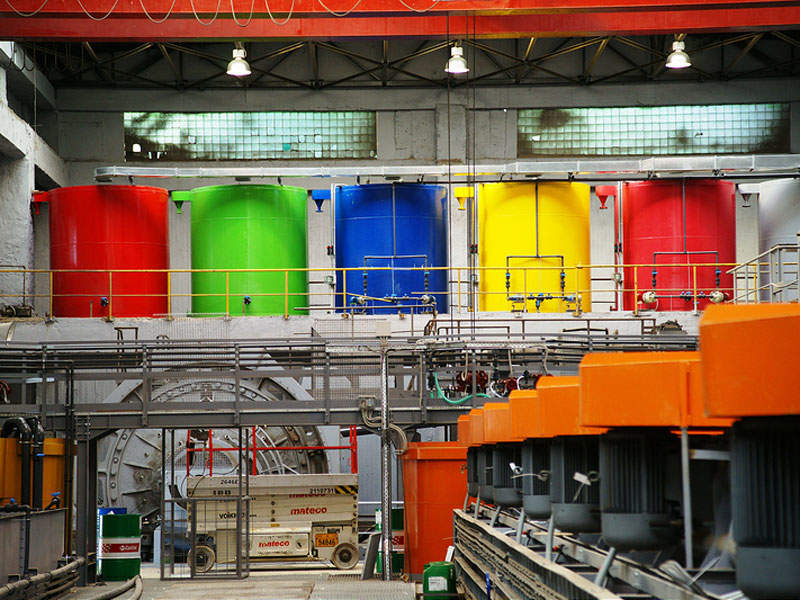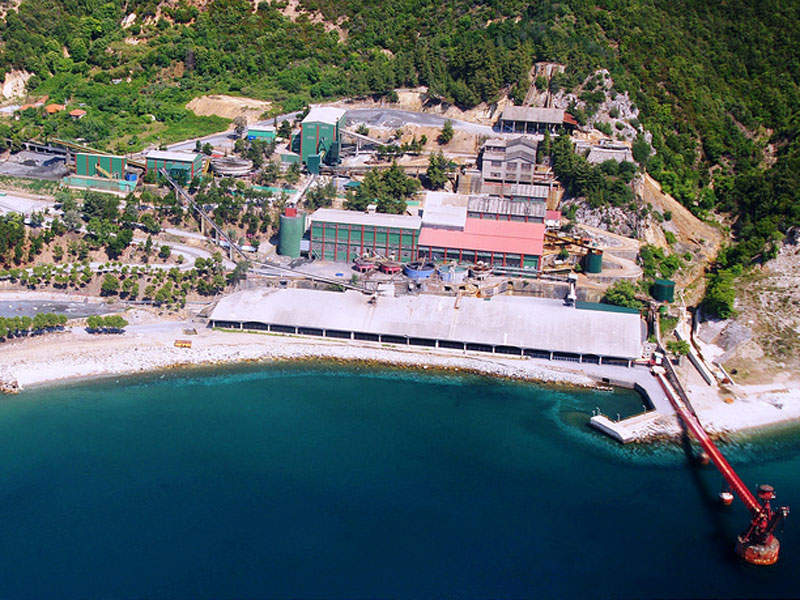The Olympias gold-silver-lead-zinc massive sulphide underground mine is being re-developed in the Halkidiki Peninsula of northern Greece, Europe. The mine is expected to have a mine life of more than 25 years.
Environmental impact assessment (EIA) for the Olympias mine redevelopment was approved in 2011, and the Ministry of Environment and Climate Change (MoE) approved the technical study report in March 2012.
Through its Greek subsidiary Hellas Gold, Canadian mining company Eldorado Gold holds a 95% interest in the Olympias mine, while AKTOR holds the remaining 5% stake. Eldorado Gold gained ownership rights of the mine through the acquisition of European Goldfields in February 2012.
Three-phase mine development of Olympias
The Olympias mine is being re-developed in three phases. The first phase was completed between 2012 and 2016, while the second phase will be carried out from 2017 to 2022, and the final phase from 2022 to 2025.
The first phase works commenced in 2013 and ended with completion of the tailings retreatment facility in the first quarter of 2016. The works included the environmental clean-up of previously mined tailings and renovation of the concentrator plant and underground mine.
In the second phase development, a refurbished flotation circuit will be used to process the ore and produce lead-silver, zinc, and gold-bearing pyrite-arsenopyrite concentrates. The phase will also include the development of Stratoni Decline and construction of the Kokkinolakas tailings management facility (TMF).
The third phase will include the underground mine expansion, increasing the gold production to 170,000oz a year, construction of a new concentrator and gold plant in Stratoni valley, and raising the mill throughput to 800,000tpa.
Olympias mine geology and mineralisation
The Olympias deposit is a poly-metallic carbonate replacement deposit hosted in an inter-layered sequence, a mixture of feldspar-biotite gneiss and marble, within the Paleozoic Kerdylia Formation of the Serbo-Macedonian Massif, Greece.
The deposit consists of two main end-member ore types, including a base metal-rich ore and a high arsenic-silica, high gold ore. The base metal-rich ore comprises variable pyrite, galena and sphalerite, and calcite-rich gangue, while the latter ore type contains grey arsenian pyrite and arsenopyrite, and subordinate galena and sphalerite with quartz-rich gangue.
The deposit hosts massive sulphide carbonate (marble) and aplite replacement lenses interlayed with biotite gneiss and schist.
Olympias gold-silver-lead-zinc mine reserves
The Olympias mine is estimated to contain proven and probable ore reserves of 16.08 million tonnes (Mt) grading 7.87g/t Au, 128g/t Ag, 4.3% Pb and 5.7% Zn. It is estimated to contain 4.07 million ounces (Moz) of gold, 66.3Moz of silver, 693,000t of lead, and 921,000t of zinc.
Mining and processing at the Olympias mine
Conventional drill, blast and load-haul-dump (LHD) method of mining will be employed at the Olympias underground mine.
During the first phase, the existing ramp from the mine surface to the base was rehabilitated along with the development of a new 1,300m Olympias decline in the area north-west of the concentrator. Tailings from the previous flotation tailings management facility formed the initial feed for the rehabilitated concentrator.
More than 2Mt of ore was processed resulting in the production of approximately 20,000oz of gold a year. Gold concentrate of approximately 61,000oz was sold during the first phase.
Ore mining under the second phase is expected to begin from 2017 and last for four years to reach a production level of 400,000 tonne a year. The ore will be hauled to the surface through the Olympias decline and will be processed in a flotation circuit.
The mine is expected to produce approximately 85,000oz of gold a year and 55,000oz of gold-equivalent from the second phase.
During the ninth year, ore will be transported through the Stratoni Decline for processing at the new 850,000tpa concentrator at Stratoni. The ore production is expected to increase to 729,000tpa and is expected to range between 790,000tpa and 846,000tpa from years 10 to 18.
Ore from the underground mine will be crushed on surface before conveying to the Stratoni concentrator, where it will be fed to the SAG mill through a conveyor. The SAG mill will operate in combination with two ball mills and the resultant discharge will be processed in a cluster of hydro-cyclones.
Overflow from the hydro-cyclones will be forwarded to the flotation stage, where lead/silver concentrate will be processed first, followed by zinc, and gold-bearing pyrite concentrate.
Concentrates will be separated from the feed through the addition of pH control and reagent, and the resulting rougher concentrates will be upgraded to final product grade through further cleaning stages.
The concentrates will then be thickened and filtered. The resultant lead/silver and zinc concentrates will be transferred to the storage and loading facility at the port in Stratoni, while the gold-bearing pyrite concentrate will be sold.
Contractors involved with the Olympias mine development
Hellas Gold awarded the $7m engineering, procurement and construction management (EPCM) services contract for the Olympias project to GR Engineering Services. The contractual scope includes design and construction of the gold-lead-zinc concentrator under the second phase mine development.










